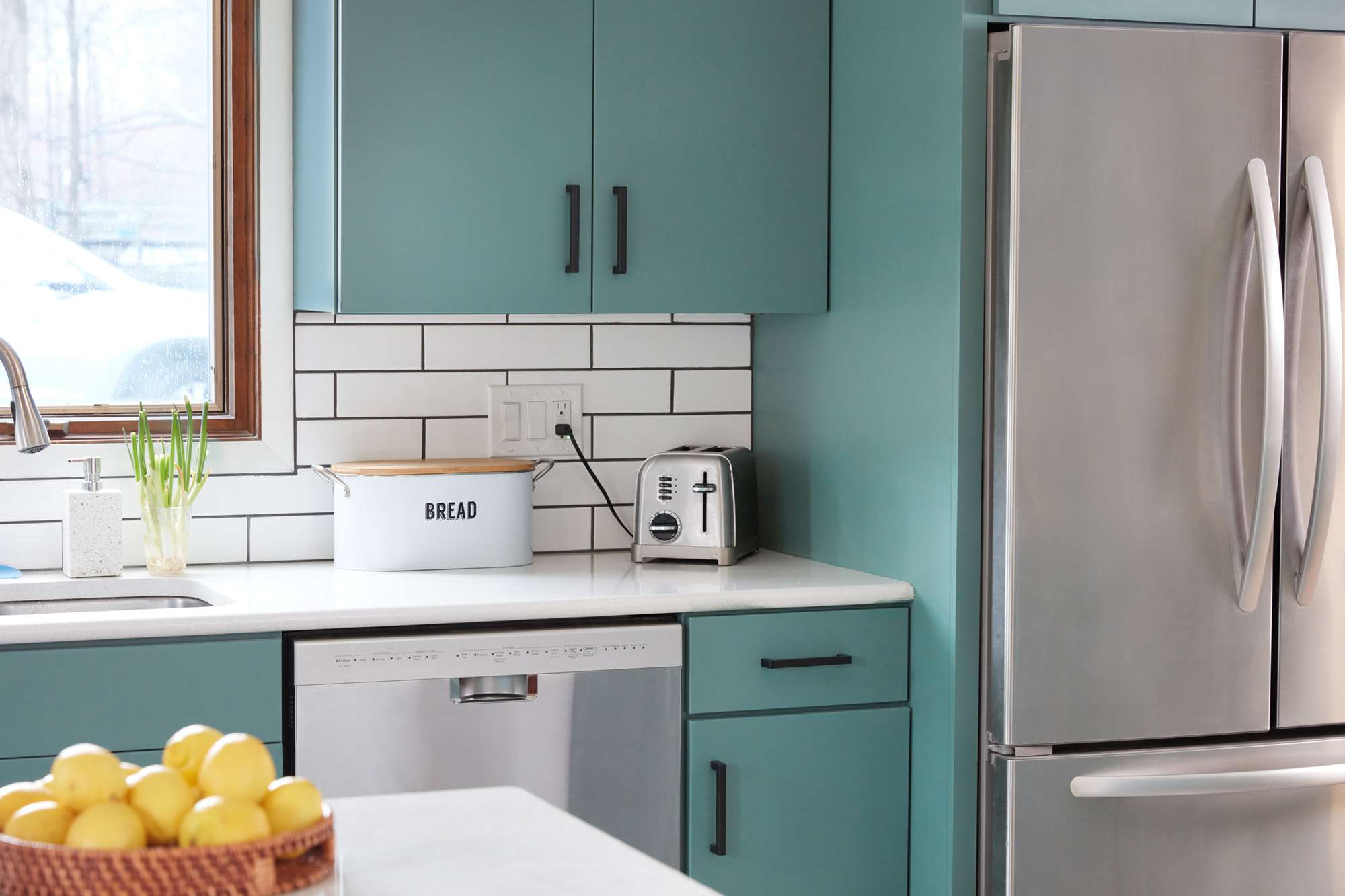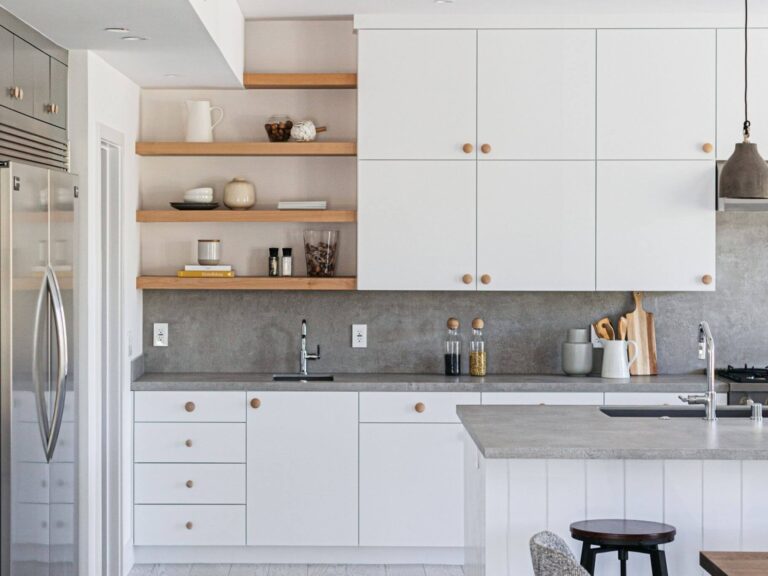What Wiring Do I Need For A Kitchen?
A kitchen is one of the busiest and most important rooms in any home, so it is essential to ensure that it is properly wired and equipped with the necessary electrical components. Wiring for a kitchen can be quite complex, as many different types of appliances and fixtures need to be connected to a power source. To ensure that your kitchen is properly wired, it is important to determine which type of wiring is best suited for your particular situation. This article will provide an overview of the types of wiring needed for a kitchen, as well as some tips for ensuring that the wiring is done correctly.
Overview of Kitchen Wiring
Kitchen wiring is an important element of any kitchen renovation. It’s essential for safety and convenience, so it’s important to make sure all of the electrical wiring in your kitchen is up to code. Before you begin any kitchen wiring project, it’s important to understand the basics of kitchen wiring. This article will provide an overview of what you need to know to ensure your kitchen wiring is properly done.
First, you need to ensure that you understand the electrical requirements of your kitchen. You should be familiar with the wattage of the appliances you plan to use and the maximum current that needs to be supplied. You also need to know the size of the wiring you need, the number of outlets, and the types of circuits needed.
In addition, it is important to understand the various types of wiring available for kitchens. The most common type is 120-volt wiring, which is used for most kitchen appliances. If you plan to install a range or other high-power appliance, you may need to use 240-volt wiring. Finally, low-voltage wiring is used for lighting, electronics, and other non-appliance lighting.
Electrical Requirements for a Kitchen
Having a kitchen that is up to code with electrical safety is essential for any home. To achieve this, certain wiring requirements must be met. Knowing what wiring needs to be in place in a kitchen can help you ensure that your kitchen has the power and safety it needs.
First, you need to make sure that the kitchen has the proper amount of power outlets. It is recommended that the kitchen should have at least two 20-amp circuits dedicated to small kitchen appliances. This will help ensure that the kitchen has enough power to support all the appliances. The kitchen should also have a dedicated circuit for a refrigerator and a dedicated circuit for the dishwasher.
In addition to the power outlets, the kitchen should also have GFCI outlets installed near sinks and other areas that may come into contact with water. This will help protect against electric shocks in the event of a water spill.
Types of Wiring Needed for a Kitchen
When it comes to wiring for a kitchen, there are a few necessary types. To ensure a safe and efficient kitchen, a homeowner needs to know what type of wiring should be installed and where. Depending on the size of the kitchen and the number of appliances, the wiring needs can vary.
The most common type of wiring needed in a kitchen is electrical. This type of wiring is used to power wall outlets, lights, and appliances. Electrical wiring should be installed by a qualified electrician who is knowledgeable about local electrical codes. When installing electrical wiring, it is important to make sure that it is installed properly and that all safety measures are taken.
Another type of wiring needed for a kitchen is plumbing. Plumbing wiring is used to run water lines to the sinks, dishwasher, and other appliances. This type of wiring should be installed by a professional plumber who is knowledgeable about local plumbing codes.
Placement of Outlets in a Kitchen
When it comes to wiring a kitchen, placement of outlets is an important consideration. Not only do outlets provide the power needed to run your kitchen appliances, but they also need to be placed in locations that are convenient and safe for use. Placement of outlets should be based on the size of the room, the type of appliances that need to be plugged in, and the layout of appliances in the kitchen.
When planning the placement of outlets in a kitchen, it is important to consider the distance between outlets and the type of appliances that will be plugged in. For example, a stovetop or range should be placed close to an outlet for safety reasons. The same goes for a built-in oven, which should be close to an outlet as well. Additionally, outlets should be placed at least 18 inches away from a sink to prevent potential electrical shocks.

GFCI Protection for a Kitchen
Kitchens are the hub of the home, so it’s important that they are up to code when it comes to safety. GFCI (Ground Fault Circuit Interrupter) protection is essential for any area that has electrical outlets in a kitchen. A GFCI is a device that shuts off the power if it detects an imbalance in the electrical current. This helps to reduce the risk of electrical shock or fire due to a short circuit or other malfunctioning electrical device. GFCI protection should be installed on all outlets that are within 6 feet of a sink, and on any outlet that is near a water source such as a dishwasher or refrigerator. This protection is essential for the safety of any kitchen and is required by the National Electrical Code.
It’s important to make sure that your kitchen wiring is up to code and properly installed to ensure your safety. By installing GFCI protection, you can help protect your family from potential electrical hazards.
Labeling Electrical Circuits in a Kitchen
Labeling electrical circuits in a kitchen is essential for the safe and efficient use of appliances, fixtures, and lights. Knowing which circuit is for which appliance is important to ensure that the total amount of electricity being used does not exceed the capacity of the circuit. It’s also important to know which circuit is for which appliance for safety reasons, as this ensures that the wrong appliance isn’t accidentally overloaded. To keep track of which wiring is for which appliance in a kitchen, it’s important to label the wiring for each circuit.
Labeling each circuit in a kitchen is best done while the wiring is exposed. This allows you to identify which wire is for which appliance or fixture. If you’re installing a new kitchen, you should label the wiring before you cover it up. If you’re remodeling an existing kitchen, you can label the wiring while it’s exposed. Once you’ve identified each circuit, attach a label to the wiring for each circuit. This can be done with a marker, tape, or electrical label.
Special Considerations for Kitchen Wiring
When it comes to wiring a kitchen, there are a few special considerations that homeowners should be aware of. Electrical wiring in a kitchen must be properly installed and grounded to prevent electrical shock and fire hazards. It is important to note that kitchen wiring should be done by a qualified electrician who is familiar with local codes and regulations.
When wiring a kitchen, it is important to understand the types of circuits that are necessary. For example, an oven circuit typically requires a dedicated circuit, as well as a circuit for a dishwasher and a circuit for general lighting and other kitchen appliances.
FAQs About the What Wiring Do I Need For A Kitchen?
1. What type of electrical wiring is needed for a kitchen?
The type of electrical wiring needed for a kitchen depends on the size of the kitchen and the type of appliances being used. Generally, the kitchen will require a 20-amp circuit for major appliances such as the refrigerator, stove, and dishwasher. Smaller appliances such as the microwave and toaster may require a 15-amp circuit.
2. What other wiring is needed for a kitchen?
In addition to electrical wiring, kitchens may also require plumbing, gas, and ventilation wiring. Plumbing should be installed to provide hot and cold water lines for the sink, dishwasher, and refrigerator. Gas lines will need to be installed to support a gas stove or oven. Ventilation should be installed to control humidity and odors.
3. What safety precautions should I take when wiring a kitchen?
It is important to take safety precautions when wiring a kitchen. Always make sure to follow manufacturer instructions and use electrical materials that are specifically rated for the kitchen environment. Additionally, it is important to make sure that the wiring is properly installed and that all of the connections are secure.
Conclusion
Wiring for a kitchen project can be a complex and potentially dangerous task. Therefore, it is important to ensure that all necessary safety precautions are taken when installing wiring. Additionally, it is essential to consult with a professional electrician to determine the best type of wiring and the necessary components for the job. With the right wiring and installation, a kitchen can be a safe and functional space.






